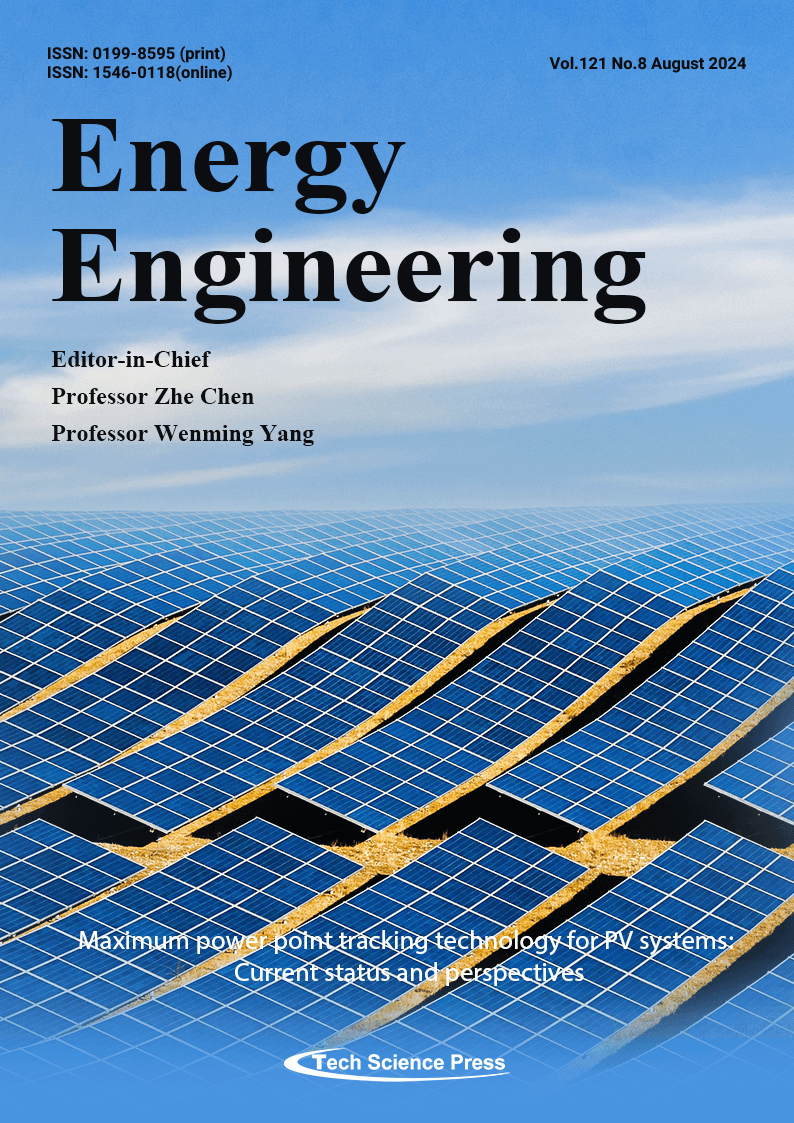
"MPPT Magic: Create the brilliance of photovoltaic power generation with MPPT technology! Enter the heart of photovoltaic MPPT technology through an in-depth exploration of MPPT models, algorithms, and hardware implementations. Gain insight into current research frontiers, confront challenges, embrace progress, and envision the bright future of photovoltaic MPPT technology. Explore how cutting-edge research and innovation reshape the renewable energy landscape, lighting the way to sustainable solutions and a brighter future. Prepare to be enlightened and inspired as we delve into the dynamic world of MPPT technology!"
View this paper